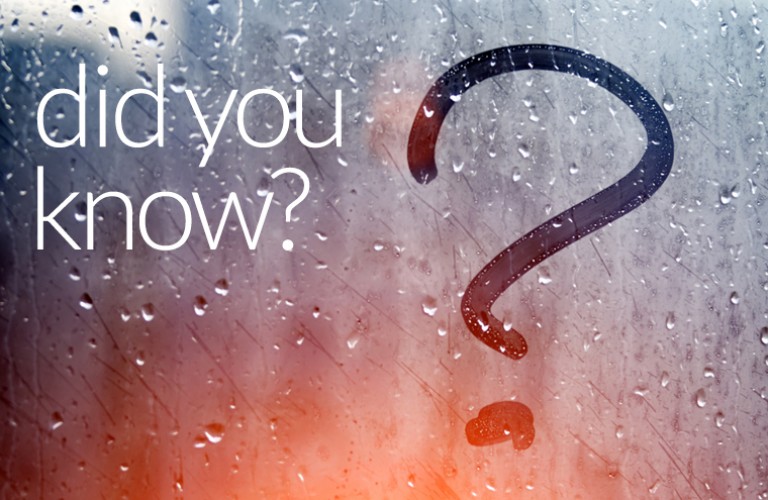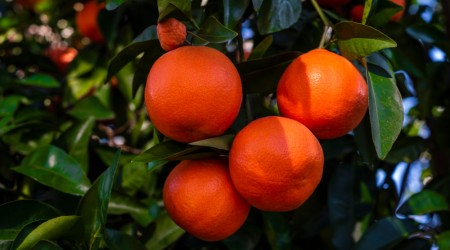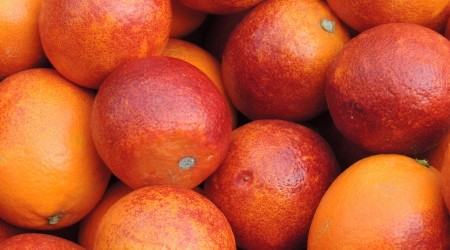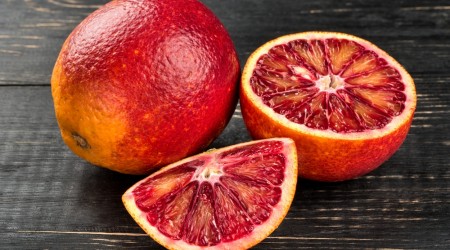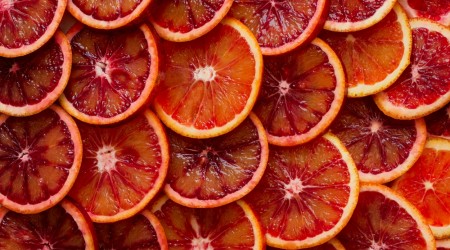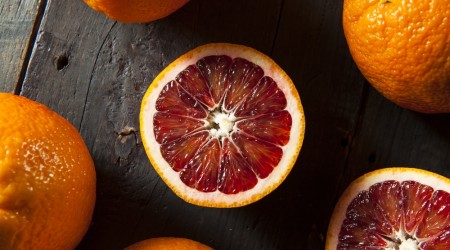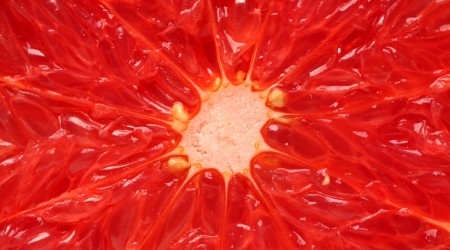Inspirational Blood Orange Madness !!!
The time has come to find all the facts you may ever need around the existence of the most radical of fruit... the Blood Orange!
Did you know Blood oranges have their unique colour because they carry anthocyanin, powerful flavonoid pigments that exist in red and purple fruit and vegetable.
Cold weather conditions at night bring out the deep maroon colour in the flesh, for this to happen they require the night time temperature to drop to -1 or -2°C for at least an hour. Fluctuations in temperature greatly affect the degree to which blood oranges develop their characteristic blush.
Sometimes, dark colouring is seen on the exterior of the rind, as well, depending on the variety of blood orange.
Blood orange is also known as anti-aging orange because they are only citrus fruit to contain anthocyanin, which nutritionist believe have an anti-inflammatory property that affects collagen reproduction.
These fruits are a good source of vitamin C, fibre, antioxidants, folic acid and potassium.
The Blood orange originated in Asia but are mainly grown in Italy.
At one point in time, blood oranges were reserved only for royalty and the very privileged and featured in many early European paintings, mosaics and poems.
The blood orange is a natural mutation of the orange, which itself is a hybrid, probably between the pomelo and the tangerine.
The “Moro” is the most colourful of the blood oranges, with a deep flesh and a rind with a bright red blush. The flavour is stronger and the aroma is more intense than a normal orange.
Blood oranges can be used to create marmalade, and the zest can be used for baking. A popular Sicilian winter salad is made with sliced blood oranges, sliced bulb fennel and olive oil.
This fruit has a distinct, sweeter flavour with a hint of raspberry, they have a slightly tart edge to them which makes them really refreshing—but not as sharp as a grapefruit.
The flesh is also soft, juicy, and nearly seedless, divided into 10-11 segments by thin membranes.
Top tip: buy fruit that is heavy for its size and also firm to the touch. If there are any soft or spongy spots on the orange, put it back.

Find Out What's Outstanding
What's Amazing This Week
Danger Zone
It May BITE!!!
Golden Del Boy
Save, Save, Save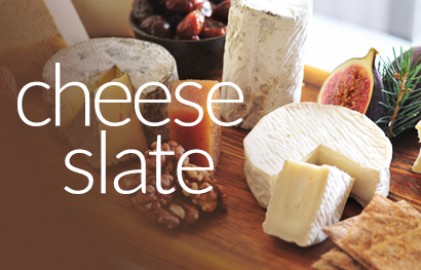
Cheese Slate
Refresh Your Mind Week Comm: 08/03/20 Cheese Slate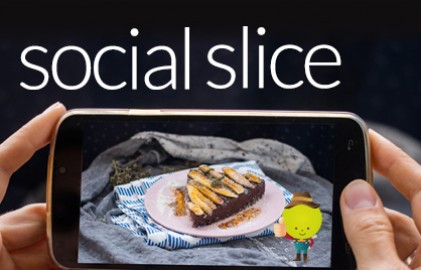
Share Your Creations
Chatter Box
Supplier Connection
Bonjour
Speed Reader
Speedy
Whats New ??
Read All About It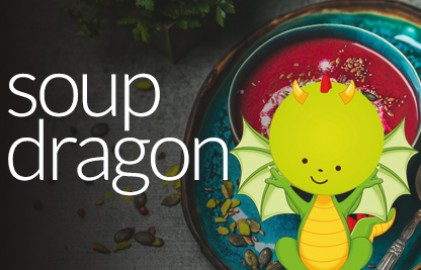
Soup Dragon
Refresh Your Mind Week Comm: 08/03/20 Soup Dragon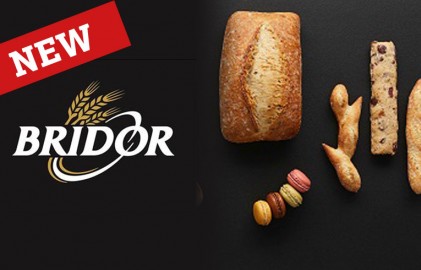
Bridor
Refresh Your Mind Week Comm: 08/03/20 Bridor
Mothers Day
Refresh Your Mind Week Comm: 08/03/20 Mother's Day Moments
Weekly Thoughts
Hmmm...





